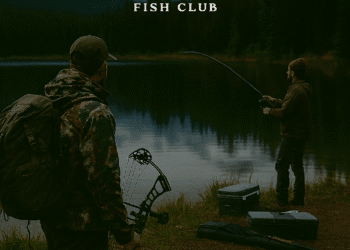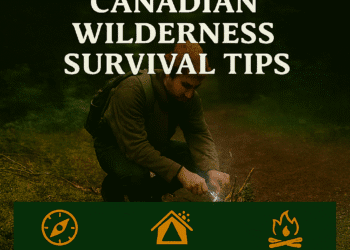Manitoba Hunting Guide 2025: Seasons, Regulations, and Expert Insights
November 23, 2025
2025 Ontario Hunting Regulations: Essential Rules and Updates
October 13, 2025
Moose Hunting Season in Ontario: What You Need to Know?
November 18, 2025
Alberta Hunting Regulations 2025: Key Rules and Seasonal Changes
November 16, 2025
Moose Hunting Trips Canada: Premier Destinations & Guide Insights
October 23, 2025
BC Hunting Synopsis 2025 – What Every Hunter Needs to Know
October 13, 2025
Hunting and Fishing Trends Canada: Key Insights and Data in 2025
November 18, 2025
Canadian Wilderness Survival Tips: Essential Skills and Strategies
November 18, 2025
Eco-Friendly Outdoor Gear: Top Brands, Materials & Sustainable Choices
November 18, 2025
Walleye Fishing Canada: Expert Tips, Hotspots & Best Lodges
November 18, 2025
Moose Hunting Trips Newfoundland: Complete Guide & What to Expect
November 18, 2025
























